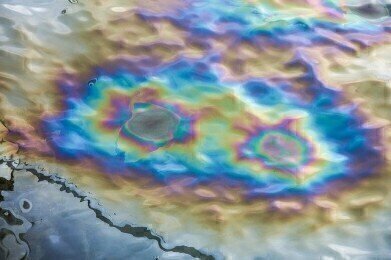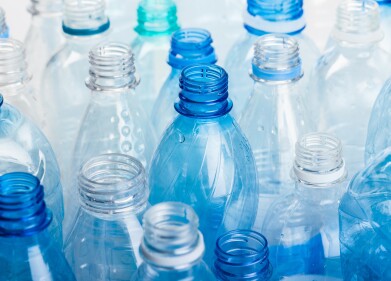Analytical Instrumentation
The Latest Innovative Ways to Clean Up Oil Spills
Oct 07 2020
Magnetic soap, autonomous robots and ultra-absorbent sponges are just some of the boundary-pushing methods being used to clean up oil spills around the world. Developed by innovation-driven researchers and scientists, the new methods are designed to remove oil from the water as quickly and efficiently as possible.
Incidents such as the recent spill in Mauritius illustrate the need for faster and more eco-friendly clean-up methods. After running aground, Japanese bulk carrier MV Wakashio leaked more than 1000 tonnes of oil into the pristine waters surrounding the island nation, sparking an ecological emergency. As well as threatening delicate marine and coastal ecosystems, oil spills pose a serious threat to local communities that rely on the ocean for fishing and tourism.
Harnessing the power of magnetic nanostructures
Vinayak Dravid, a Professor of Materials Science and Engineering at Northwestern University says specially designed sponges coated with magnetic nanostructures could be the solution to cleaning up oil spills. “As long as fossil fuels are still in circulation, there will always be oil spills,” says Dravid. “We wanted to create a technology which can make cleaning oil spillages much easier and, more importantly, much cleaner and safer for the environment.”
Featuring a carbon-based surface that attracts oil, the sponges use a magnetic nanostructure coating to capture crude. The sponges can absorb more than 30 times their weight and continue to retain oil even when exposed to wave action. “We are confident this sponge could help save the fauna and flora on Mauritius’s shores,” adds Dravid. “Its biggest advantage is how the sponge can be made into balls to be left in an oil-laden sand or soil pit. The oil will get absorbed in days, and the sponge can be reused”
Magnetic, iron rich soap
Magnetic soap is another solution gaining traction, with researchers using iron rich salts to develop cleaning products that can be used to assist in oil spill clean-ups. “The potential applications of magnetic surfactants are huge,” says Professor Julian Eastoe, a professor at the University of Bristol. “Their responsiveness to external stimuli allows a range of properties, such as their electrical conductivity, melting point, the size and shape, and how readily it dissolves in water, to be altered by a simple magnetic on and off switch.”
Autonomous robots are also making waves, with American-owned company MIT Senseable City Lab developing the advanced Sea Swarm robot. “This technology was conceived to be deployed anywhere it was needed – in oceans, rivers, or seas. It’s mostly useful in deltas and zigzagging coastlines where most of the other technologies fail,” says company director Carlo Ratti. “We all need to be accountable for the environment. Some accidents are still bound to occur, so we still need to develop mitigation or cleaning strategies.”
It’s not just oil spills that have attracted the attention of environmental advocates, with emissions also a major threat. To find out more don’t miss ‘An analytical approach to marine fuel standards.
Digital Edition
PIN 25.1 Feb/March
March 2024
In This Edition Safety - The technology behind the ION Science Tiger XT - Safety with ammonia and LOHCs as hydrogen carriers Analytical Instrumentation - Discussion on new tribology te...
View all digital editions
Events
Apr 22 2024 Hannover, Germany
Apr 22 2024 Marrakech, Morroco
Apr 22 2024 Muscat, Oman
Apr 22 2024 Rotterdam, Netherlands
Apr 23 2024 Singapore


















